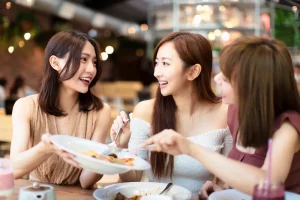It is very common for people on a health and fitness journey primarily aiming for fat loss to avoid going out and/or eating out at all. Socialising and eating at restaurants as well as having a drink is also something that is saved for ‘after the diet’ is over.
Having a diet that falls into this category not only sets you up for potential relapse through restriction but also means that your practices aren’t sustainable long term. Flexible dieting and a dieting approach that is focused on hitting your macronutrient requirements can quite easily make allowances for dining out and can ensure it won’t hinder your results or cause unnecessary anxiety.
The usual anxieties attached to dining out and the thought of stepping outside the realms of ‘routine’ include the following concerns:


 When ordering:
When ordering:





Table of Contents
What if they don’t have something ‘clean, healthy or diet appropriate’ on the menu?
People that are uneducated on the science of the body in that the body does not recognise food as ‘clean’ or ‘junk’ and instead recognises it for its macronutrient (protein, fat, and carb) value, will generally categorise food as ‘clean’ or ‘unclean’. Anything clean will fall into a grey area of being pretty much anything from the ground or animal with some exceptions depending on the level of extremity. This creates concerns when dining out in that without planning, or a group’s decision outside of the individual’s control it can mean that no ‘healthy’ options are available. However, as mentioned, the science of the body means food is not recognised in this way. So it’s as simple as caloric and macronutrient management during the day and if you’re not in excess of this (calories in vs calories out) you will not gain weight despite your food choice.I can’t have alcohol so I’ll be the odd one out
This is another misconception surrounding all progress being ‘ruined’ once alcohol is added to the mix. For that reason, many people will completely cut alcohol from their diet when on a health and fitness journey with every intention to incorporate it again post weight loss showing the unsustainability of the practice. Have a read of our article Alcohol and Weight Management to see how alcohol is like food with an ‘energy intake’, in order to incorporate it on occasions it’s just a matter of making the necessary adjustments to your macronutrient and calorie choices for that day to make allowances for alcohol.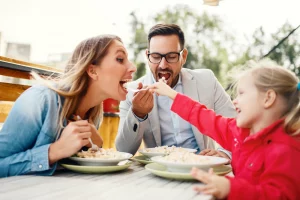
I won’t be able to control myself once I start
A lot of people have the tendency when out to seep into a ‘YOLO state of mind’, this is where they may either start and not be able to control themselves or use the experience as a break free and think that they’ve been eating so well lately and are deserving. It may result in way overeating outside of a calorie allowance or beginning a binge eating episode that lasts while out until when home. It usually follows guilt and compromised results. On that note, unfortunately your body can’t justify your ‘weekly cheat meal’ being so blown out of proportion and numerically one excessive meal can counteract a weekly deficit. In fear of this happening, many will just opt to avoid going out altogether and instead just become a walking ticking time bomb.It’s not worth it
Whether it means saving your calories during the day in anticipation, making adjustments to your plan to allow for dining out or quite simply reminding yourself of the possible stresses sometimes people just come to the conclusion that it’s just not worth it and forgo going out. Sometimes Flexible Dieters will also consider ‘opportunity cost’ in going out for a calorie-dense meal thinking about the quantity they forgo by eating at home. However, when you get to eat what you want you really don’t want for anything else and food for the soul despite the caloric cost can really give you an abundance of balance and aid with control around food. For the most part, the ‘verge of death’ hunger that people feel in which lets them down on saving calories for a denser meal is really mind over matter and when you’re being wise about your choices your level of satiety is never neglected. Our tips below can help to understand that it is very simple and easily manageable.I wouldn’t have a clue of the macros
Many people look at an ‘unknown’ and ‘out of the norm meal with no caloric and nutritional information and out of having absolutely no idea how to make an accurate guesstimation will just forgo the opportunity of eating out in fear of being way off. Guesstimation is just as much about logic as it is about skill. Our tips below will help you make a good guess however consider going over or under in being a little off in the grand scheme of things, it’s all about consistency. It will have the most MINIMAL impact – if any, if your calculations are slightly off. Your periodic input and output consistencies are responsible for your results not whether you’re hitting smack bang on a rounded number every single day. Think about how many variables will differ your daily expenditure.. Being perfect on a number isn’t going to be the only driver for your fat loss success, how consistent you are will be. Where you are in your journey will also be a factor in how much ‘leniency’ you have which is a factor we will discuss later too. All these anxieties can be comprised with finding balance in your diet! You can diet/hit your macros and eat out while staying on track with your goals. All it takes is some discipline and some planning. Here are our tips for eating out and sticking to your goals.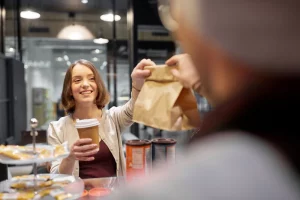
When you know you’re going to go out:
Save ample calories during the day
Be safe with this, ‘ample’ meaning what you think you’re going to need + a few hundred more in case of spontaneity. For example, in the case of say dinner and drinks it can clock up quite quickly so leave about 600 (the equivalent of say – steak, chips, and steamed vegetables) for a meal and 300 for alcohol (equivalent of about 2-3 glasses of wine).- Tips for saving calories during the day: – Have breakfast later – Have things that may suppress your appetite like sugar-free sodas, coffee, and tea, etc – Have plans and keep busy during the day. Don’t give yourself the opportunity to be wallowing about food – Have voluminous (yet low calorie) foods/meals that will fill you up but not take from you calorie budget – Have low calorie go to’s like: Chobani and Danone YoPro Yogurts, Uncle Toby’s Quick Oat Sachets, Corn Thins with low-fat dairy and spreads, Cruskits with Light Ricotta and honey, Salads with Chicken/Prawns/Turkey, Lite Tuna tins, Smoothies, Deli meats and Laughing Cow Light Cheese Wedges on Purebred Sandwich Rolls/Country Split Bread/ Be Free Wraps/ Mountain Rye Wraps, BSC or Fulfil Bars, The Bar Counter Bars, Aussie Bodies Lo Carb Mini Bars, Eggs, Omelettes, etc.
- Hit your minimum protein requirement during the day. Your protein will generally be sitting at a minimum of 0.85g per pound of body weight so aim for that, that way you’re not limited to higher protein options off a menu. You’d rather have hit your protein and just go over on protein if need be then not hit it at all, but do keep in mind – calories trump macros for fat loss so don’t exceed your calories chasing macronutrient goals (e.g going way over on carbs and fat and eating extra calories to hit protein OR forgoing food of choice to hit your macros and then out of feeling like you didn’t get what you wanted going over anyhow). High Protein (low calorie) foods: – Chicken – Beef – Tuna – Fish – Quest, BSC, Aussie Bodies – Whey Protein – Cottage Cheese – Egg Whites – Fat-Free Deli Meats – Low-fat Cheese – Chobani and YoPro Yogurts
- Hit your fibre during the day – Rule of thumb: 15g per 1000 calories. Foods for hitting Fiber during the day: – Bananas and Apples and most fruit – Green Beans and most vegetables – Slim Pasta – Protein Bars (Quest, Aussie Bodies) – Muesli Bars (Carmens, Bar Counter Bars) – Be Free Wraps – Purebred Sandwich Rolls – Ryvitas – Oats – All-Bran
- Pre-plan. Aside from saving a number of calories, have a look at the locations website for their menu so you can pre-plan the dish you may order. If you’re unsure about serving size and how many calories to account for you can always look at their location tag on Instagram to see photos of the dish too.
- Make most of your meals as accurate as possible during the day to give leniency for a guesstimated meal.
When you’re already out (Restaurant)
What to look for when ordering:- Specified weights provided. Things like steak where a weight is usually specified is very simple to calculate. The weight usually refers to raw weight and a lot of meat dishes like steaks & burgers will generally specify this particularly at steakhouses.
- A dish where the components on their own are generally quite calorie-dense will mean the dish itself will be high in calories. E.g Pasta dish with parmesan, prosciutto etc – all very high-calorie individual items so you’ll need to account for a high number of calories to have that dish.
- Dressings. Anything that involves a creamy or oil-based dressing will be relatively high in calories and need to be accounted for quite generously, so consider getting the dressing on the side.
- Check out the sides, if there are steamed vegetables consider ordering them as they serve as a good resort if you feel as though you’ll have a tendency to overeat. Filling up on veggies is quite harmless but also provides you with a dual benefit of being nutrient-dense and filling.
- The amount of ingredients used. Anything with a high volume of ingredients and components will always be more difficult to account for, it’s doable but complexity levels will differ depending on the simplicity of the dish.
- Cooking methods such as braising, pan-frying etc can all indicate additional oils, bases etc may be used so consider that as a factor for allocating caloric intake to as well as perhaps requesting a dry grilled cook (further explained in ordering tips).
 When ordering:
When ordering:
- Ask questions. Don’t be scared to ask the waiter or make specifications. E.g ask what the leanest cut steak is, or how something is cooked.
- Ask for dry grill, no oil, butter or marinade for steaks or account for the extra calories. Again the staff is so fine with this.
- Be wary of too many calories accumulated by a number of dishes, so forgo an entree to have a main and dessert, forgo dessert for alcohol, or forgo the table bread for a wine. You may not be able to have it all (perhaps if you’ve planned well enough you can) but you can certainly make most wants work, or if you do spill over your calorie allowance due to inability to forgo a dish just be mindful of the compromise you may make within your progress – the impact of which will be determined by the extent of the error/exceed.
- Order a side of steamed veggies – fill up on these when you want to just keep eating.
- If you order wine ask to be refilled not in the midst of glass one but after the glass is finished so you can keep track of your number of beverages.
- Think slim. If you’re on a weight loss journey don’t order or select foods/restaurants like you don’t give a toss about your results. Be wise and mindful, after a day’s worth of food and only saving 500 or so calories while trying to progress with fat loss goals and/or eating management don’t put yourself in a vulnerable position of being at a pizza bar or chocolate waffle bar under such restriction.
- Don’t forgo what you really want if you have a tendency to binge eat or have a blow out day after having forgone what you want to have. If you’ve made the caloric allowance and are worried about hitting macros, forget your macros at this point in time (if you’ve followed the above you would have hit your minimum protein anyhow) and just satisfy yourself with what you really desire.
- Guesstimate. Some food items you won’t know exactly the brand/weight of but it can be calculated as close to accurate as possible. Aim to overestimate rather than underestimate, and if you’re taking a real stab in the dark it’s good to do so with lower-calorie choices like steamed veggies, salads etc. A good example of a guesstimation would be a side of chips. You won’t know the exact weights or brand of the chips but using your discretion for serving size you can enter as e.g. KFC regular OR large for thicker cut chips or McDonald’s medium or large for thinner fries. The key is appropriating what is on your plate to what is available in your calorie counting tool database.
- Deconstruct the meal. For further accuracy enter non-meat & Vege meals as its components to account for overall calories. E.g- 1x Hamburger Bun, Wagyu Beef Patty, 1x Slice American Cheese, Lettuce, Tomato, 1 Tablespoon Aioli, etc.
- Toss up between whether it is easier and more accurate to deconstruct or just guesstimate and account for the serving size. For example, it’d be more accurate to deconstruct a burger or a pasta dish while it’d be more accurate to just find a suitable Pho or sushi entry in a calorie counting tool database and just adjust the serving size based on what you were served/had.
- If you have alcohol vodka soda water/coke is recommended as it’s a lower calorie option (65 calories per glass) and champagne (100 calories per glass) and wine (125 calories per glass) are pretty stock standard in calories and can be easily tracked in a calorie counting app. Cocktails are super high (200-400 calories) and should be avoided particularly if a dinner allowance is being saved.
- Make sure you add oil if you feel/saw/were made aware of if it were used in the cooking method. A tablespoon is about 120 calories so be mindful of this.
When you’re out (Take Away):
Some people find themselves on a work lunch or out and about in a food court with no meals prepared. In these instances here are some tips for managing these circumstances on a weight loss journey:- Get familiar with hot spots that supply nutritional information so check the website. Some mentionable favourites include Grill’d, Guzman Y Gomez, Crust Pizza, McDonalds, Subway, Boost Juice, Sumo Salad, KFC, Sushi Train, . Some of our favourite picks include: – Mc Donalds Bacon and Egg McMuffin 290 calories – 6-inch Roast Chicken Subway with salad and Mayonnaise on Wheat Bread 375 calories – Grill’d Sweet Chilli Chicken Burger 550 calories – Wondermelon (high protein) Boost Juice 156 For Regular
- Account for the calories of what you’ve had using the above calculation tips involving guesstimations and deconstructions.
- Opt for less complicated, if you’re at a work lunch, just keep it simple if you haven’t made an allowance for that meal, e.g. Steak and Steamed Vegetables over Pan-Fried Salmon with Dill Pesto, Sauteed Mushrooms and Beans with Oil and Slivered Almonds.
- Once you’ve accounted for the macros/calories post having the meal, make up the remainder of your day with the lacking macronutrient. So if your meal was high in protein and fat and low in carbs then consider resorting to a muesli bar and fruit for an arvo snack rather than a protein shake and nuts for instance.
- Taper back during the day rather than writing the day off and overeating. It’s not all over and ruined, making the day still count just involves a few small tweaks, but work out your intake first and see what you have left rather than seeping into your state of mind.
Stage Three – The next day:
- Be prepared for water retention. Whether you went over your intake or not, some dine out foods tend to be high in sodium, not only that you may have eaten later in the evening and had a lot of volume having saved so many calories for a denser meal so you may naturally be holding onto a lot of fluid and feel heavy. Don’t fret this will go down in a few days.
- Get back on the horse. If things didn’t go according to plan get back on the horse the next day and carry on keeping your goals in mind.
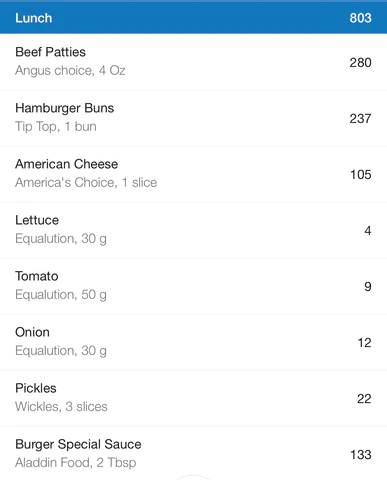
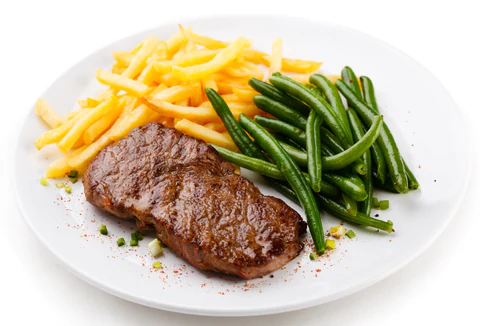
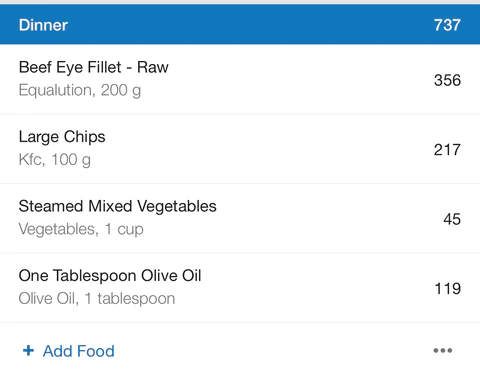


In time you can expect
- To get better at the art of eating out. Practising eating out more often allows you to get comfortable and more confident at it as well as reassuring that you’re not missing out and practising a sustainable method. It will also allow you to invest trust in the process of adhering to a caloric and macronutrient method in seeing that it won’t hinder your results if done correctly.
- Your efforts reflected in your results. If you’re dining out excessively guesstimating most meals and being somewhat inaccurate for a vast majority. Then you can expect your results to be at worst idle if you’re sitting at maintenance, weight gain effects if it’s meaning you’re sitting in a calorie surplus consistently or extremely slow if your inaccurate intake is counteracting most of your deficit.
